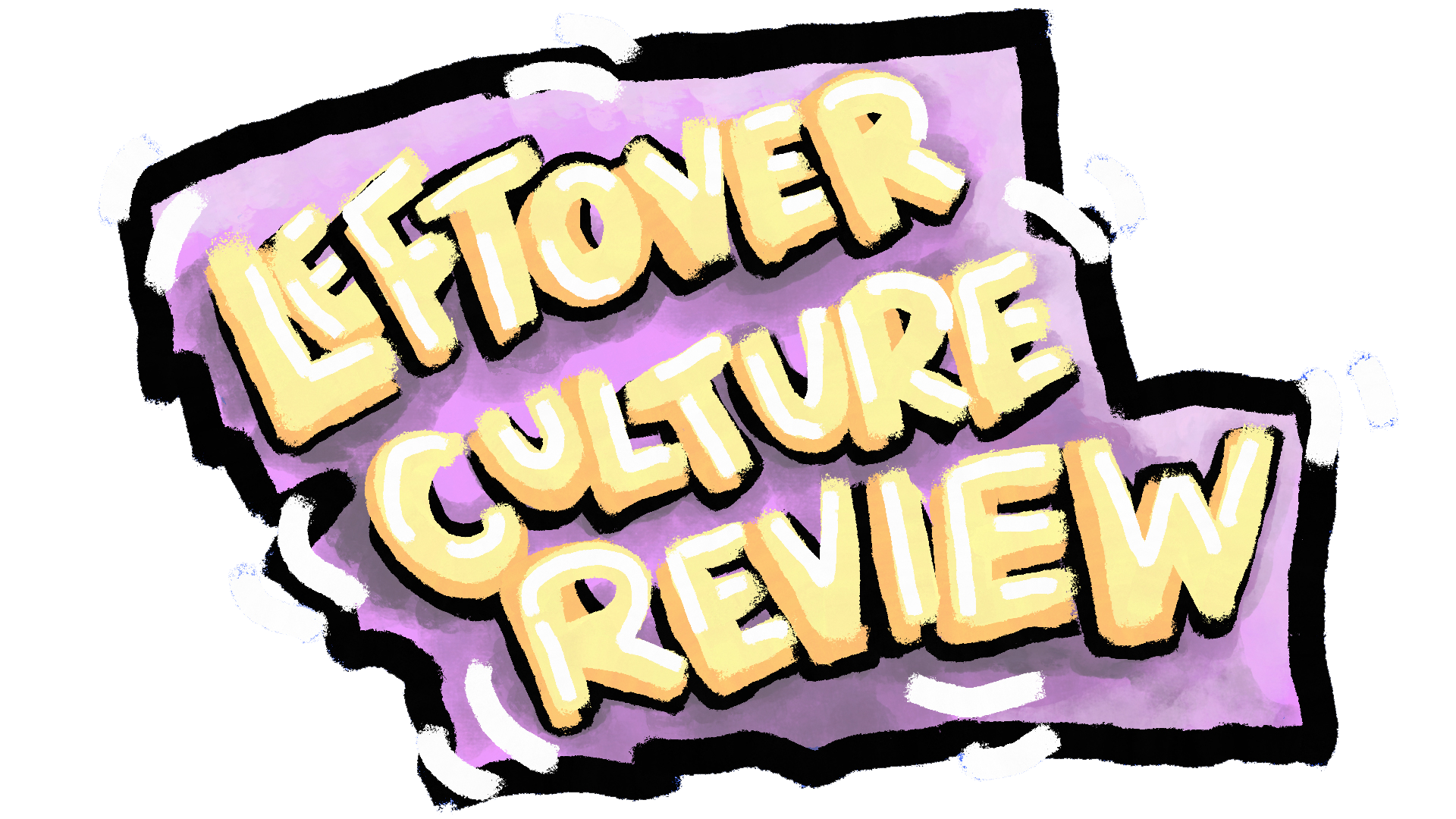Sonic the Hedgehog vs Rayman
Dissonance on Speed
Sonic and Rayman are a lot alike with respect to their legacy. They both started out really strong, then had their fair share of downs, and bounced back to have some noteworthy titles. Rayman has had less of the downtime, but it isn’t as fair to compare considering how much longer Sonic has been around.
There are many other similarities between the two franchises. They are both franchises which spawned company notable company mascots, Sonic much more so. The traditional and better received titles, both are platforming games that require twitch reflexes as you platform through diverse levels and terrain. If you compare the first entries of both series, they are lush, vibrant and incredibly pleasing to look at. Same for many other games in both series. Both had wonderful scores, Sonic had better music in earlier games that were awesome to listen to out of context, Rayman having better music in later games. Both have boss fights sprinkled in so that there is some contrast to simply platforming all the time. You get the point, there are a lot of similarities. Where they differ, is the importance of this article.
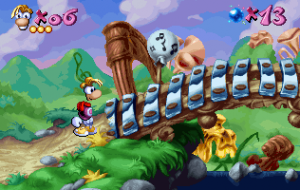
The Sonic games have always prided themselves on barreling through them at ridiculous speeds in an adrenaline rush. In the 2D games, that hedgehog’s little legs move so quickly that they are indistinguishable at a glance. It looks like Sonic basically has wheels for legs. This follows with the rapid pace of the surrounding environments that are gone in the blink of an eye. The 3D games don’t have the legs emulating the same blur, but the environments are racing by much like in the 2D games… but with awkward camera angles. This supposed speed is what caused my dislike for Sonic. Let me explain.
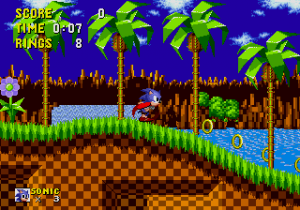
I myself have never owned any Sega consoles, but a friend of mine did. I would go over there and play Sega games, like Sonic, and I would have an alright time. But I never really felt that the speed worked in the game. I love the idea of it, but feel it falls flat in execution. It certainly is fun to run around quickly in the loops and bounce all over the place on springs, but only if you were able to maintain that flow. I would always stumble against enemies I couldn’t possibly predict the location of, or stop because there are a few paths to explore that all look enticing. The terrain would often get in the way, as I felt that I needed to know a jump was coming before it got there, so my jumps would lead me to stumble around and not maintain that speed. And while I know from watching videos online, it is possible to constantly barrel through many levels, but what I feel to be poor game design acts as a barrier from doing so. Now let me defend the possible backlash of my potentially perceived ‘noob’ ways, by referring to Rayman.
Let’s use the most recent Rayman game, Rayman Legends. This game has daily challenges that have a wide range of difficulties. The two important ones, are the randomly generated ‘get the farthest’ and the ‘get to the goal the fastest’ challenges. Often when I play the goal reaching levels, I often reach the goal in my first try without having to stop and consider what I am getting myself into. From there I can refine my run, but that isn’t the point. The point is that even on my first try, I often don’t let go of the run button, nor do I cease my forward momentum (unless level design demands in of course). And this is why I love Rayman Legends so much more than Sonic games.
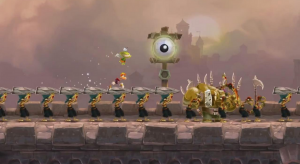
Rayman Legends does not match the speed of a Sonic game, but it feels much more satisfying to run through a level at the game’s top speed. Although it isn’t a comparable speed, it does feel fast due to intuitive level design that allows the player to feel like s/he is barreling at full speed. And unlike Sonic, refinement of speed runs are a result of learning techniques and game mechanics, not memorizing levels. It certainly helps to memorize, but it isn’t essential to being able to speed through. Considering that those challenges are randomized, memorization wouldn’t be a possibility anyways (unless of course that’s all you did that did). For me, Sonic necessitates that memorization for flow, Rayman does so with level design. I think this is crucial for much more satisfying gameplay.
To further my point, let’s look at Cloudberry Kingdom. This game is brilliant (and note that I am not saying that because they gave me free games to help promote my book and my coverage of the game). Whether it be the designed or the randomly generated levels, it’s all the same. There are two things you need to do in order to get through every level regardless of difficulty (and it can be an exceptionally difficult game): get used to jump sensitivity and follow the path of gems. If you can do these things, you can beat every level without fail, and without having to slow your forward pursuit. It is so satisfying once you can get a handle on those two mechanics. Again, this demonstrates the importance of intuitive level design that flows.
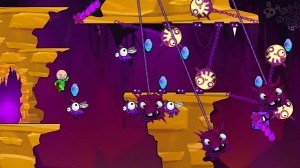
This is why, in spite of Sonic’s legacy with speed, I never felt like it was achieved. It seems like a false legacy. If a Sonic game ever does follow these game design tactics while maintaining its speed, that would be an exceptional title. I would love to finally say I am a Sonic fan. Sorry Sonic fans, I know you love the games, especially the early ones.
